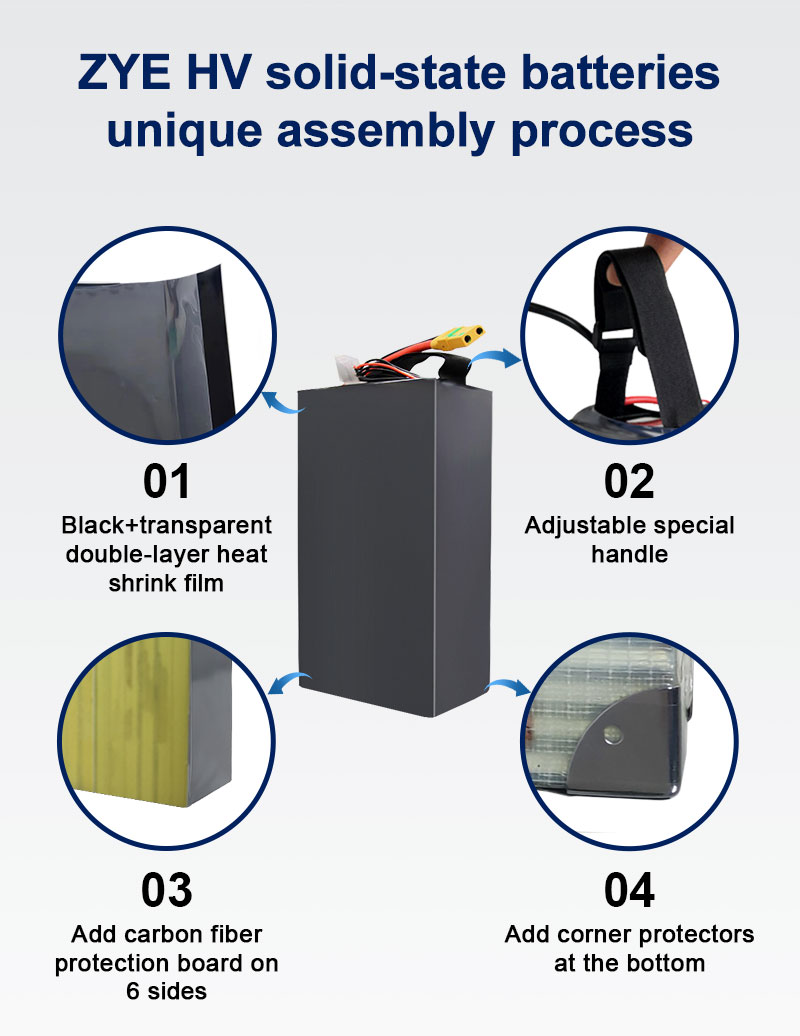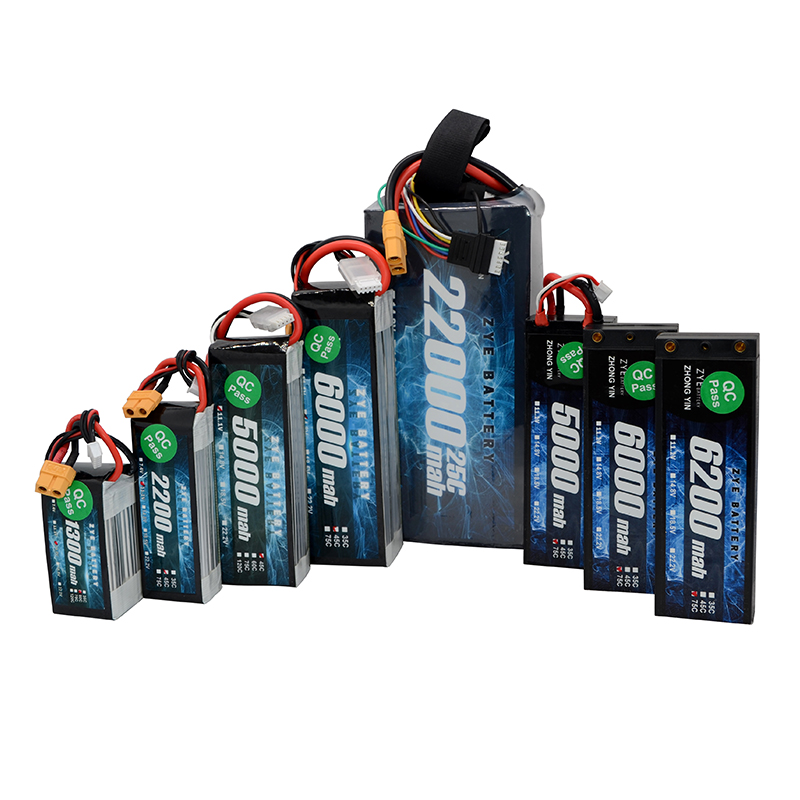How does battery technology extend the flight time of drones?
2025-09-30
Short flight times for drones once posed a major challenge to industry development. Today, breakthroughs in battery technology—including advancements in energy density, discharge efficiency, and charging speed—are significantly extending drone flight durations.

1. Core Breakthrough: High-Energy-Density Cells
Flight duration fundamentally depends on “battery energy storage ÷ drone power consumption,” making energy density crucial. Through improvements in cell materials and structure, current battery energy density has doubled, directly extending single-flight durations.
Mainstream consumer drone cells have advanced from early 150Wh/kg to 250-350Wh/kg, increasing energy by over 60% at the same weight.
Batteries for industrial drones utilize cathode material doping techniques (e.g., adding manganese) to boost energy density from 180Wh/kg to 350Wh/kg while maintaining high-temperature resistance. This extends the single-operation time for crop-spraying drones from 25 to 40 minutes.
Solid-state battery pilot production: Some companies have tested solid-state batteries exceeding 400Wh/kg energy density. Paired with lightweight airframes, small inspection drones can achieve flight times of up to 1 hour.
2. Efficiency Enhancement: Low-Loss Discharge Technology
Even with sufficient stored energy, high discharge losses and unstable output will still shorten flight times. Two current discharge technology improvements enable more efficient energy utilization:
High-rate discharge optimization: Upgraded separator materials allow batteries to stably support 15-30C high-rate discharging, meeting energy demands during high-load drone flights and preventing power shortages or premature returns caused by “having power but unable to discharge.”
Low-Temperature Discharge Protection:
Integrating preheating modules with specialized low-temperature electrolyte formulations reduces capacity degradation from 50% to 20% at -20°C.
3. Accelerated Recharging: Fast Charging + Battery Swapping
Rapid energy replenishment technology minimizes downtime, indirectly extending drones' effective flight duration—ideal for high-frequency operations:
Industrial-grade drones (e.g., logistics, crop protection) integrate a “1-minute automated battery swap system.” Machines automatically replace depleted cells with fully charged ones without manual intervention, increasing daily operational hours by 4-6 compared to traditional charging.
4. Intelligent Management: Precision BMS Control
Intelligent upgrades to the Battery Management System (BMS) minimize energy waste and prevent “hidden power consumption,” enabling batteries to deliver more usable energy:
Cell Balancing Control: Through high-precision voltage sensing (error ≤0.01V), the BMS maintains voltage differences between cells within 20mV. This prevents individual cells from depleting first and causing system shutdown. — — Under standard BMS (50mV voltage difference), actual usable battery capacity is 80%; precise balancing increases it to 95%, extending flight time by 15%-20%;
The BMS integrates with the drone's flight control system to adjust discharge current based on flight states like cruising, hovering, or climbing — reducing current output during hovering (lowering energy consumption) and increasing it during ascent (ensuring power).
Users can plan routes more precisely, avoiding premature returns due to power concerns, indirectly adding 5-8 minutes of effective flight time.
Future Trends: These Technologies Will Further Extend Flight Duration
From “adequate performance” to “ever-longer flight times,” each breakthrough in battery technology expands the application boundaries of drones. When flight duration is no longer constrained, drones will unlock greater value in logistics delivery, extended inspections, emergency rescue, and other critical domains.
























































